What does “next generation” mean?
“When we say next generation, that means trying to align the quality of teaching and learning opportunities to larger trends and the grand challenges facing society,” Shepard explains. “Concordia’s very DNA is next generation. Today we are thinking about the future and how to best serve educational needs in a changing world.”
In the present-day education framework, “next generation” may evoke 18- to 21-year olds entering university classrooms for the first time. They’re making their way from high school or CEGEPs to begin a new journey at places such as Concordia. Within the broader public consciousness, it may conjure the exponential rate of increase, proliferation and capability of digital power.
Graham Carr, Concordia’s provost and vice-president of Academic Affairs, says there’s more to being next generation than entering classes or new iDevices. Yet technology certainly does plays its part. “It’s true that there are transformative, highly accelerated shifts associated with the post-digital revolution,” Carr says. “These include the development of artificial intelligence and robotics”.
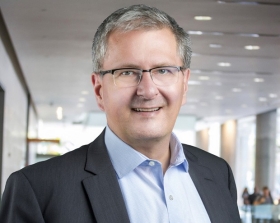 Concordia President Alan Shepard
Concordia President Alan Shepard
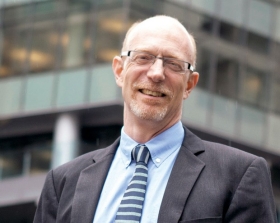 Graham Carr, Concordia’s provost and vice-president of Academic Affairs
Graham Carr, Concordia’s provost and vice-president of Academic Affairs
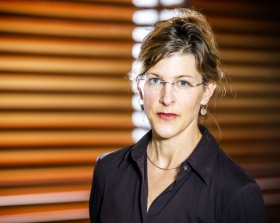 Rebecca Duclos, dean of Concordia’s Faculty of Fine Arts
Rebecca Duclos, dean of Concordia’s Faculty of Fine Arts
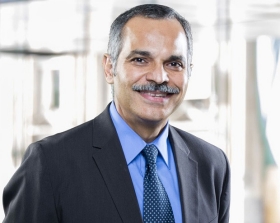 Amir Asif, dean of the Faculty of Engineering and Computer Science
Amir Asif, dean of the Faculty of Engineering and Computer Science
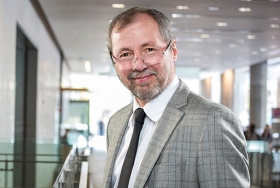 André Roy, dean of Concordia’s Faculty of Arts and Science
André Roy, dean of Concordia’s Faculty of Arts and Science
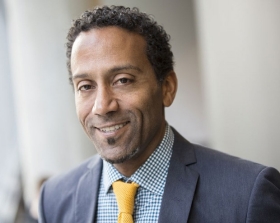 Stéphane Brutus, interim dean at the John Molson School of Business
Stéphane Brutus, interim dean at the John Molson School of Business
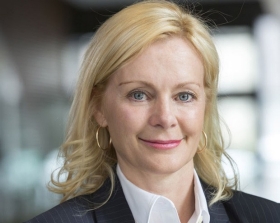 Isabel Dunnigan, director of Concordia’s Centre for Continuing Education
Isabel Dunnigan, director of Concordia’s Centre for Continuing Education